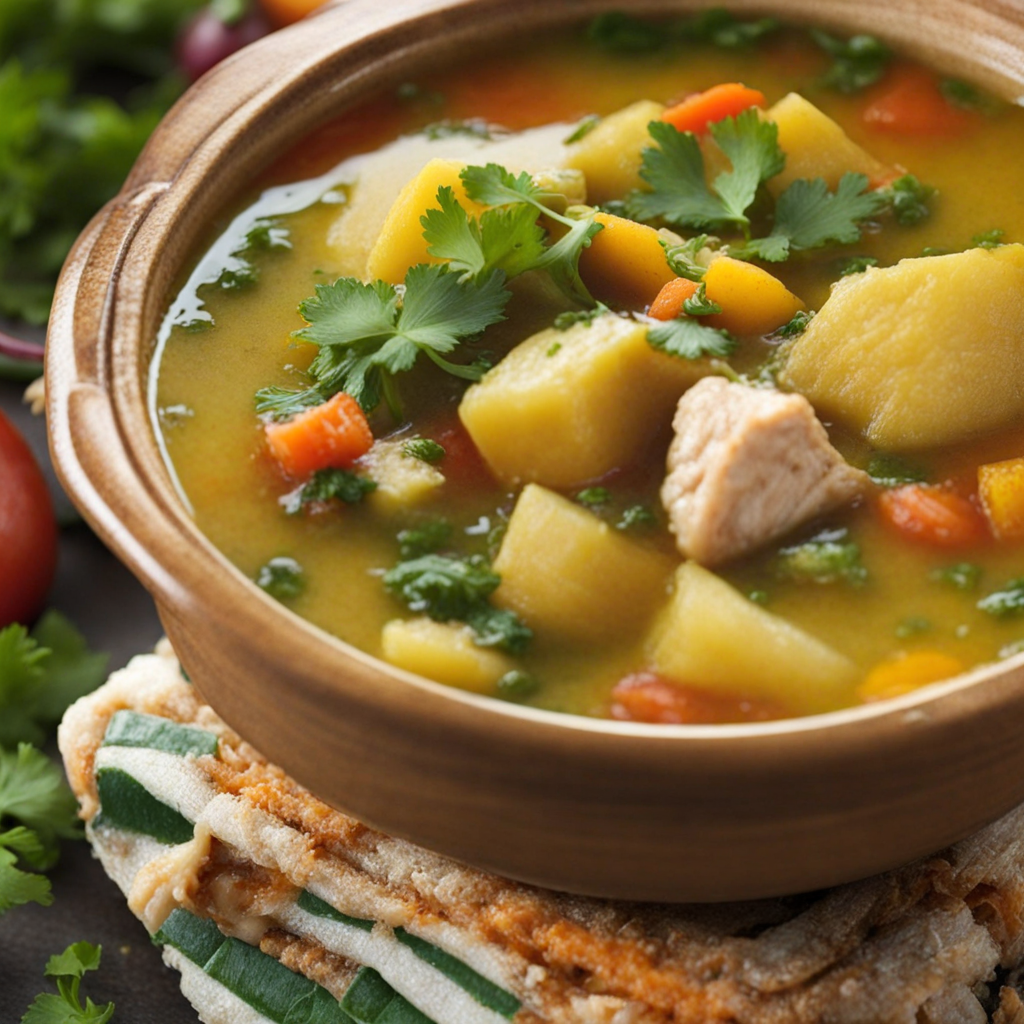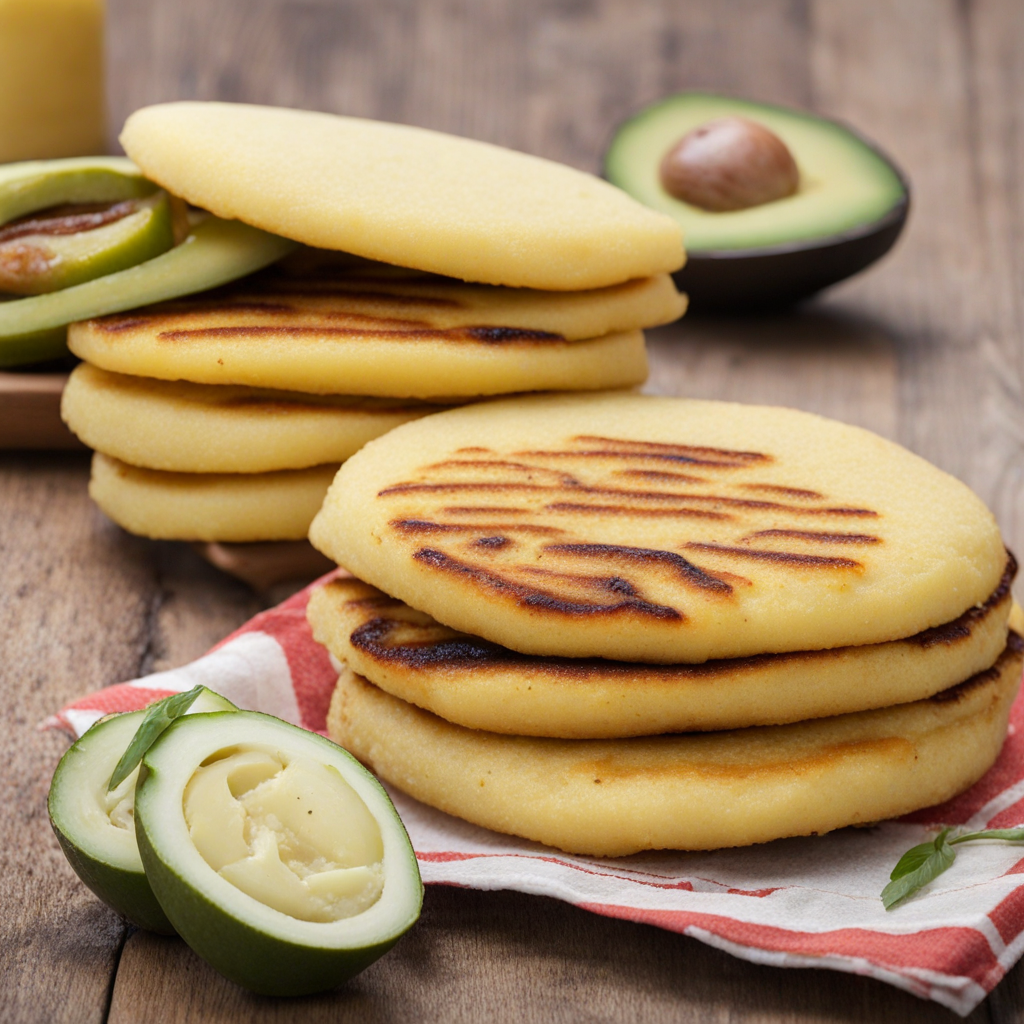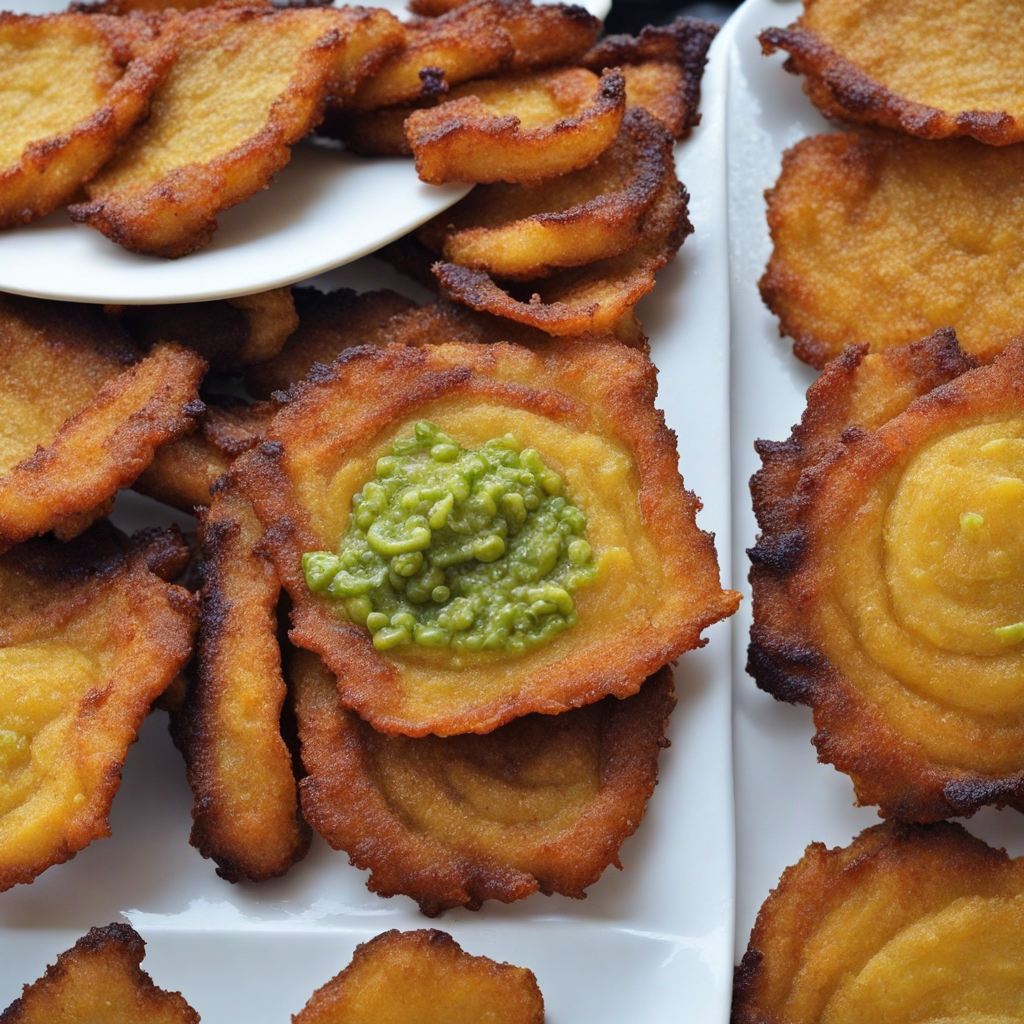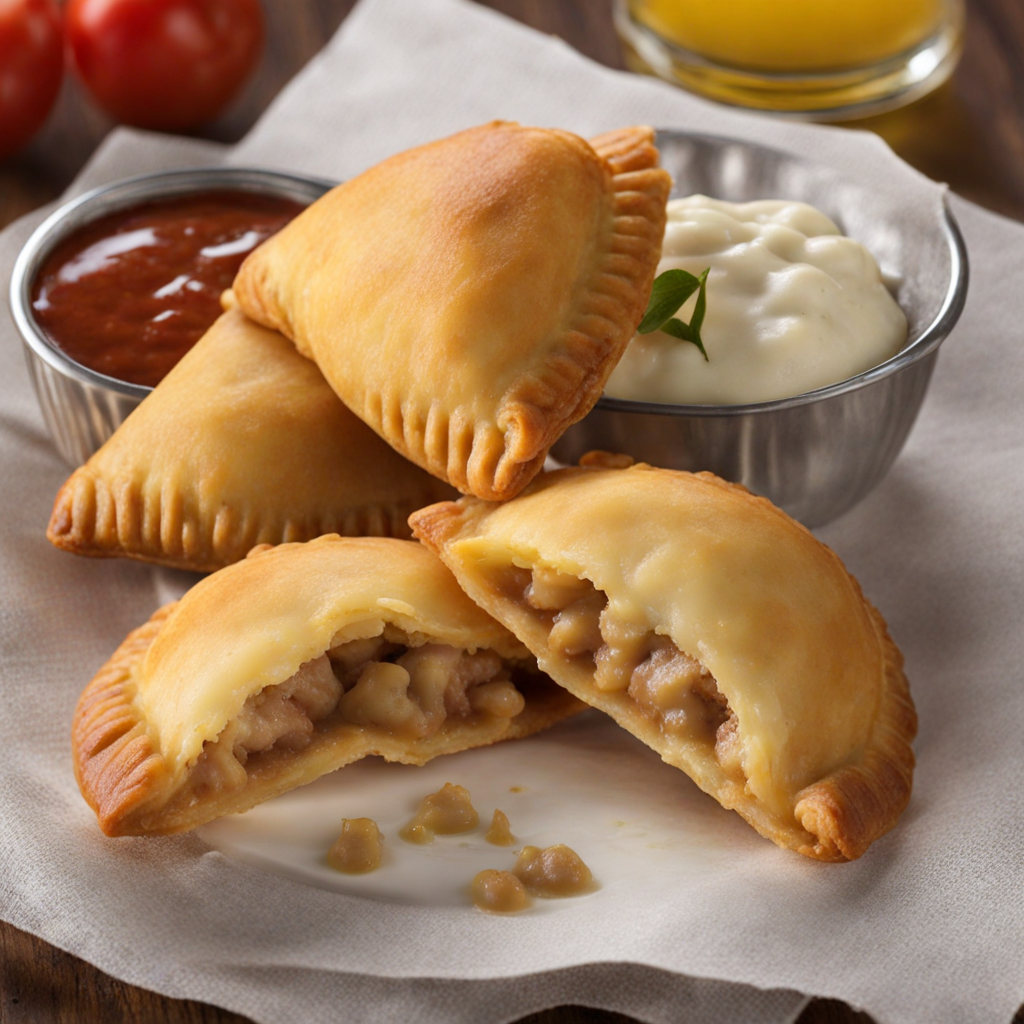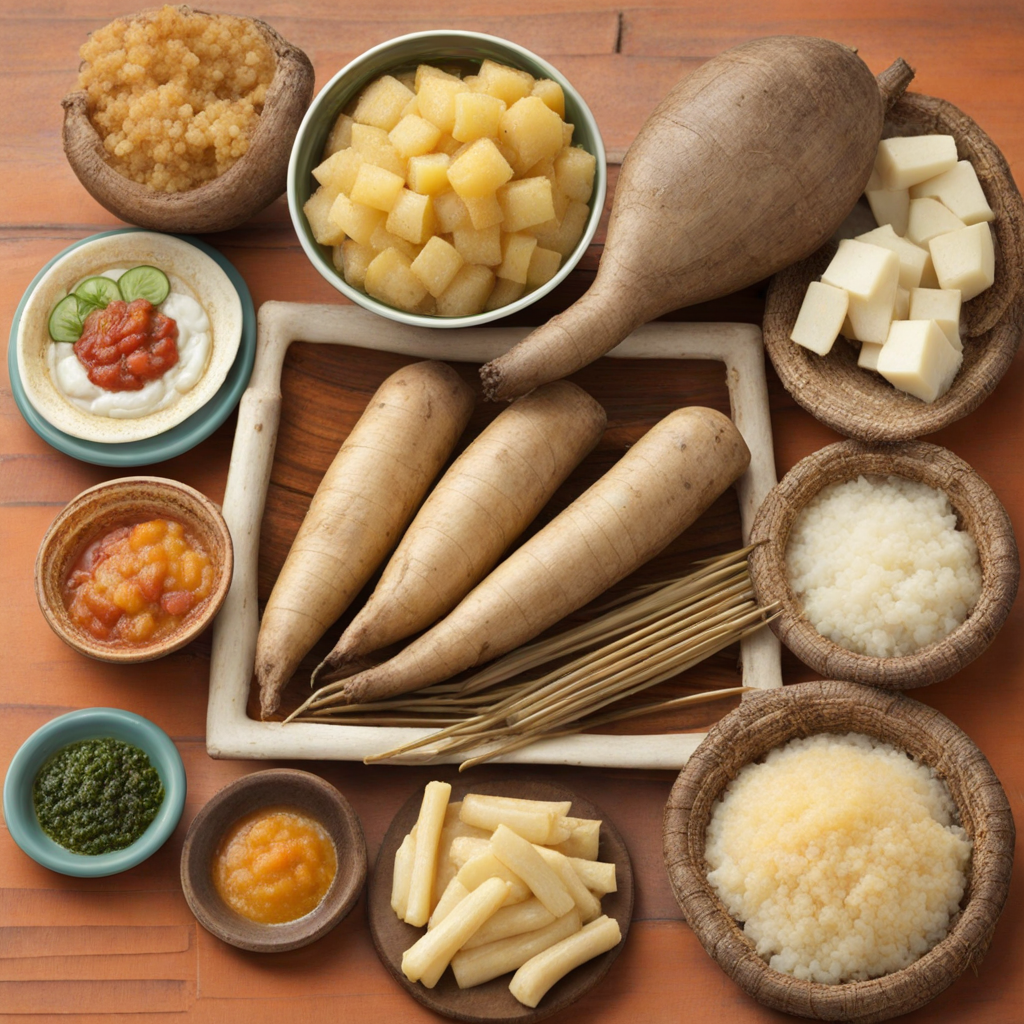Pisca Andina
Pisca Andina is a traditional Venezuelan dish that beautifully marries the flavors of the Andes with the heartwarming essence of a comforting soup. This dish is primarily made with a rich broth, often featuring a base of chicken or beef, infused with fresh herbs and spices that reflect the vibrant culture of the region. The use of ingredients such as cilantro, garlic, and a hint of lime juice elevates the flavor profile, imparting a tangy freshness that dances on the palate. Each spoonful envelops you in warmth, perfect for both chilly evenings and festive gatherings alike. The star of Pisca Andina is its combination of hearty ingredients that create a satisfying meal in a bowl. Typically, the soup includes potatoes, which add a creamy texture, and corn, which provides a subtle sweetness. Some variations incorporate grains like rice or quinoa, making the dish even more filling. A unique aspect of Pisca Andina is the inclusion of eggs, which are often poached directly in the broth, lending a beautifully rich and velvety consistency that enhances the overall experience. The result is a nourishing dish that tells a story of tradition and home-cooked love. As you savor Pisca Andina, you're not just enjoying a bowl of soup; you're indulging in a culinary journey through the Andes of Venezuela. The dish is often garnished with additional fresh herbs and a dash of local cheese, which adds a delightful creaminess that complements the broth. With each bite, you can appreciate the careful balance of flavors and textures that make this dish a beloved staple among Venezuelans. Whether enjoyed as a simple comfort food or as part of a celebratory feast, Pisca Andina offers an unforgettable taste of Venezuelan heritage that is sure to leave a lasting impression.
How It Became This Dish
Pisca Andina: A Culinary Journey Through Venezuela Origin and Historical Context Pisca Andina, a hearty and flavorful soup, is one of the lesser-known culinary treasures from the Andean region of Venezuela. Its roots can be traced back to the indigenous cultures that inhabited the Andes long before the arrival of Spanish colonizers in the 16th century. The indigenous peoples, including the Timoto-Cuicas and the Yanomami, had a profound understanding of their environment, which informed their dietary practices. They relied on local ingredients, many of which still form the backbone of Pisca Andina today. The term "Pisca" is derived from the Quechua word "pisqa," meaning "to drink" or "to sip." This reflects the soup's essence as a beverage-like dish that is meant to be savored. "Andina," on the other hand, refers to the Andean region, emphasizing the geographical and cultural roots of this dish. With the Spanish conquest, new ingredients such as potatoes, onions, and spices were introduced, which were incorporated into the traditional recipes. The blending of indigenous and Spanish culinary techniques and ingredients laid the groundwork for Pisca Andina’s evolution. Over the centuries, the dish became a symbol of regional pride, representing the rich agricultural heritage of the Andean highlands. Cultural Significance Pisca Andina is more than just a soup; it embodies the communal spirit of Venezuelan culture. Traditionally served in large pots, it is often enjoyed during family gatherings, celebrations, and communal feasts. The act of preparing Pisca Andina is an opportunity for families to come together, share stories, and pass down culinary traditions. In the Andean region, where the climate can be harsh and the altitude challenging, Pisca Andina serves a practical purpose. The soup is nutritious and warming, making it a staple during the cold months and a comforting dish for farmers returning from long days in the fields. It is often enjoyed at breakfast, providing sustenance for the day's labor ahead. Additionally, Pisca Andina has evolved into a dish that transcends cultural boundaries, often found at both rustic roadside eateries and upscale restaurants. Its versatility allows for different interpretations, catering to a wide range of palates. The soup has become a dish that represents not only the Andean region but also the broader Venezuelan identity, showcasing the nation’s diverse culinary landscape. Ingredients and Preparation The beauty of Pisca Andina lies in its simplicity and the quality of its ingredients. The traditional recipe typically includes a base of fresh herbs, potatoes, and an array of local vegetables such as carrots and corn. The soup is often enriched with the addition of meat, usually chicken or beef, making it both hearty and nourishing. One of the distinctive features of Pisca Andina is the use of fresh herbs, particularly cilantro and scallions, which add vibrant flavors and aromas. The soup is seasoned with garlic, cumin, and sometimes a touch of chili, giving it a slightly spicy kick. The preparation process is relatively straightforward, beginning with sautéing the vegetables and aromatics before adding the meat and liquid, usually a rich broth or water. As the soup simmers, the flavors meld together, creating a fragrant and inviting dish. It's often served with a squeeze of lime and accompanied by arepas or crusty bread, allowing diners to soak up the delicious broth. In some variations, a dollop of cream or a sprinkle of cheese is added just before serving, enhancing its richness. Evolution Over Time As Venezuela’s culinary scene has evolved, so too has Pisca Andina. The dish has adapted to modern sensibilities while maintaining its core characteristics. In urban areas, chefs experiment with new ingredients and techniques, offering gourmet versions that highlight the soup’s traditional roots while appealing to contemporary tastes. With the rise of farm-to-table movements and an increased interest in local and sustainable food sources, Pisca Andina has gained renewed attention. Many chefs are now sourcing ingredients directly from Andean farmers, honoring the traditional methods of cultivation and preparation. This not only supports local agriculture but also ensures that the flavors and quality of the ingredients remain true to their origins. In addition, the global culinary landscape has opened doors for Pisca Andina to be showcased internationally. Venezuelan expatriates and chefs have brought the dish to cities around the world, where it has garnered appreciation for its authenticity and depth of flavor. Food festivals, cultural events, and cooking classes often feature Pisca Andina, celebrating its heritage and introducing it to new audiences. Challenges and Resilience Despite its rich history and cultural significance, Pisca Andina, like many traditional dishes, faces challenges in the modern era. Venezuela's ongoing socio-economic crisis has affected food availability and agricultural practices, leading to a decline in the quality and diversity of ingredients. Traditional farming methods are at risk as younger generations migrate to urban areas or abroad in search of better opportunities. However, the resilience of the Venezuelan people shines through in their culinary traditions. Home cooks and chefs alike are finding innovative ways to adapt Pisca Andina to the current circumstances, using alternative ingredients and creative techniques. This spirit of adaptability ensures that the essence of Pisca Andina remains alive, even in the face of adversity. Conclusion Pisca Andina is a testament to the rich culinary heritage of Venezuela, embodying the history, culture, and resilience of the Andean people. Its evolution over time reflects the blending of indigenous and colonial influences, while its communal significance highlights the importance of food in bringing people together. As the dish continues to adapt and thrive in a changing world, it remains a beloved symbol of Venezuelan identity and a delicious representation of the Andean region’s agricultural bounty. Whether enjoyed in a family home or a bustling restaurant, Pisca Andina is a dish that tells a story—one of tradition, community, and the enduring power of food.
You may like
Discover local flavors from Venezuela



